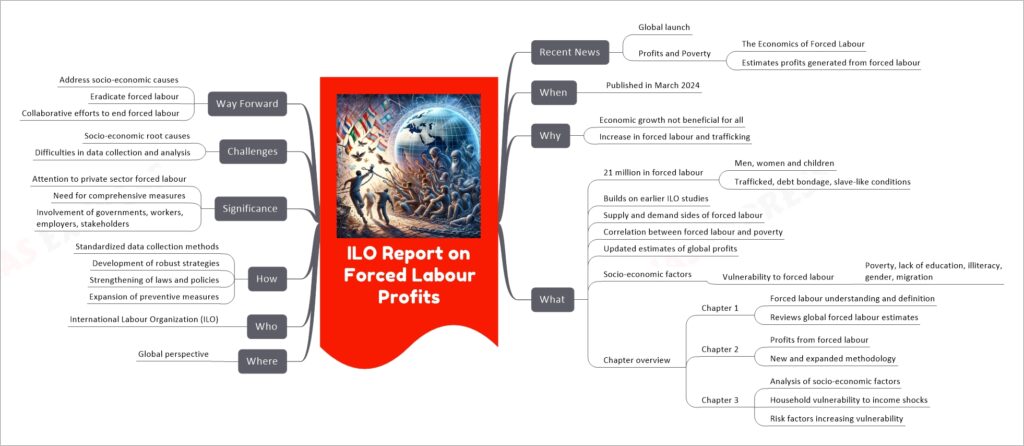ILO Report on Forced Labour Profits

The ILO Report on Forced Labour Profits, released in March 2024, reveals the staggering reality of 21 million individuals trapped in forced labour globally, generating substantial illegal profits. This comprehensive study builds on previous research, highlighting the intricate relationship between forced labour and poverty. It presents updated profit estimates and delves into the socio-economic factors that predispose individuals to such exploitation, including poverty, lack of education, and migration. The report underscores the urgent need for a multifaceted approach involving governments, businesses, and other stakeholders to address the root causes of forced labour and to implement effective prevention and eradication strategies.
If you like this post, please share your feedback in the comments section below so that we will upload more posts like this.

